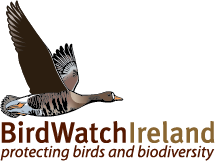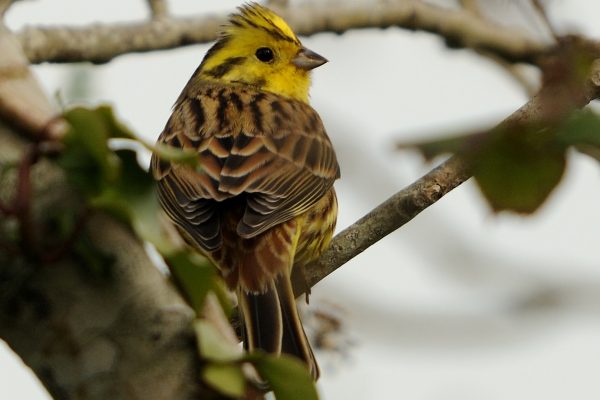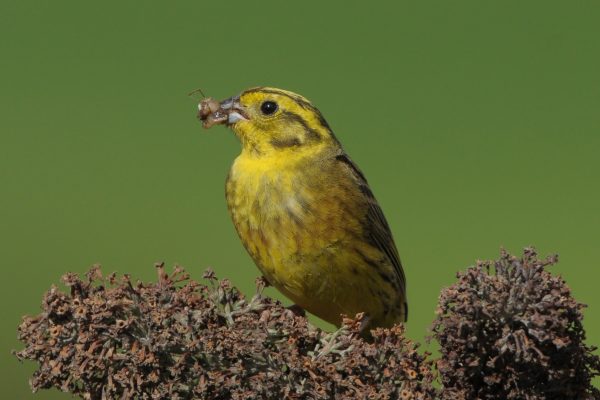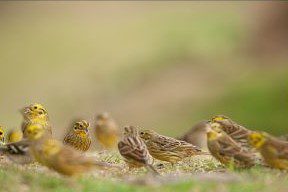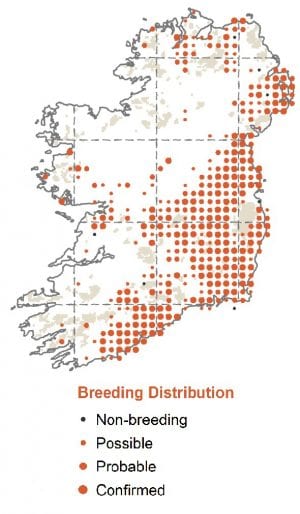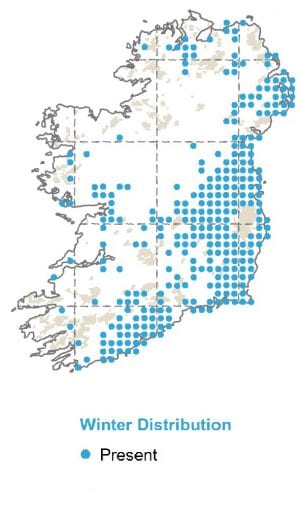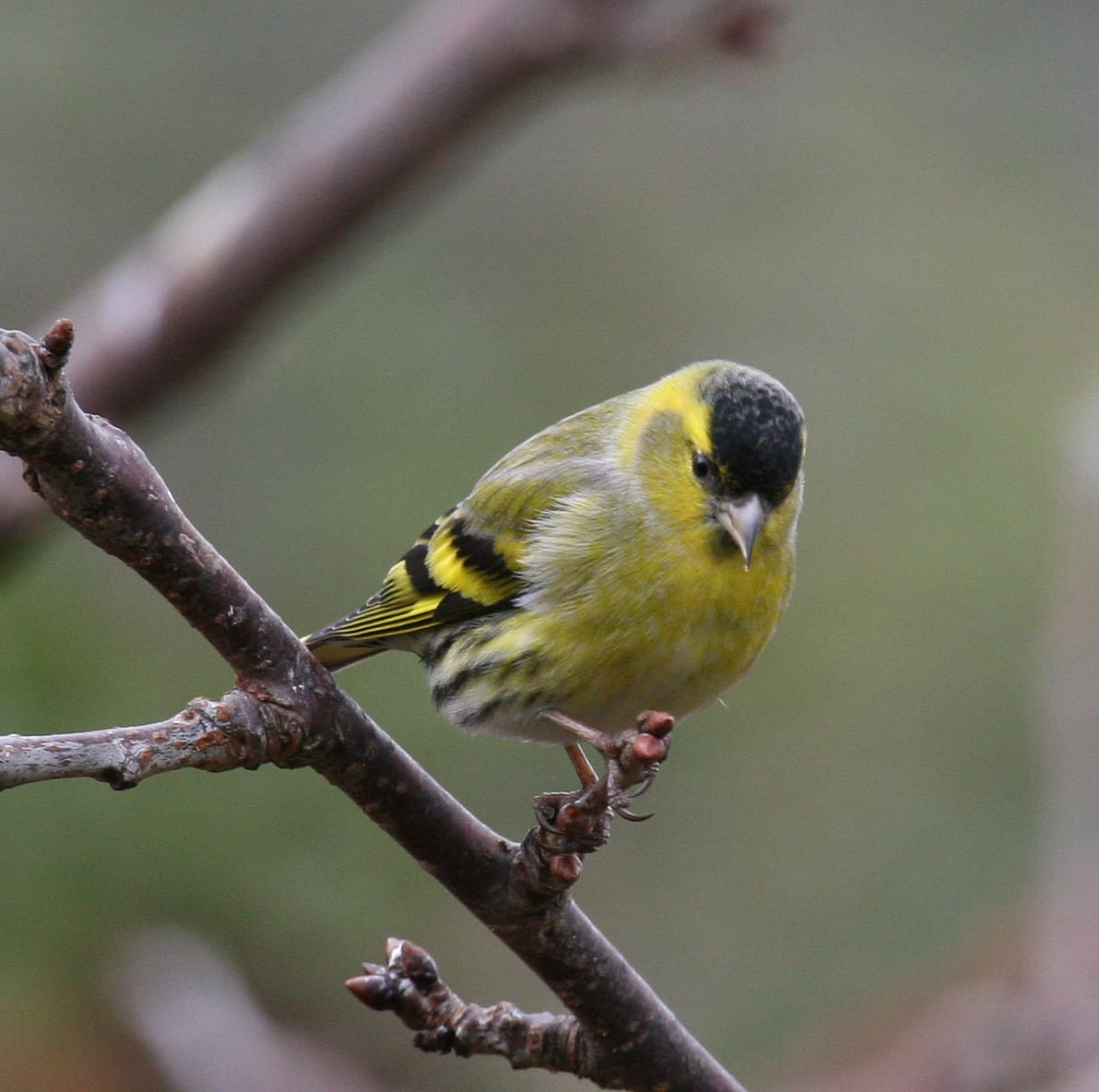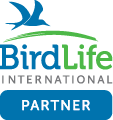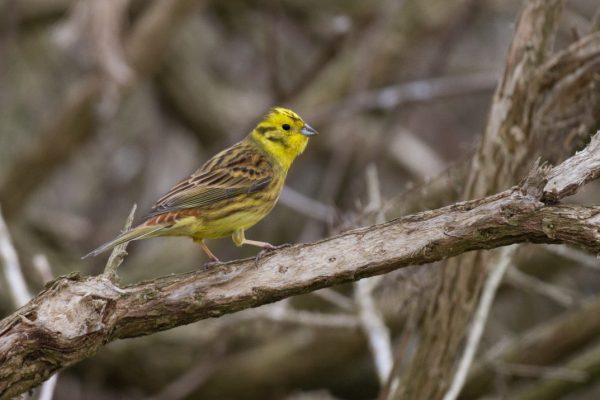
Yellowhammer
| Irish Name: | Buíóg |
| Scientific name: | Emberiza citrinella |
| Bird Family: | Buntings |
red
Conservation status
Conservation status
Status
Declining resident mainly in the east and south of Ireland. Strongly tied to cereal cultivation.
Identification
A typical bunting in size and shape (slightly larger than Chaffinch). Adult summer males are a stunning yellow colour on the head and underparts, appearing unlike any other Irish breeding bird species. Has an indistinct reddish-brown breast band and some faint black streaking along the flanks. The back and wings are brown with extensive black streaking. The rump is reddish-brown. Adult winter male Yellowhammers are much darker, with extensive black markings on the head and obvious black streaking on the breast. The head and underparts have an obvious yellow tint to them. Adult females resemble winter males, but have much less yellow on the head and underparts. Juveniles have a dark grey-brown head with an obvious white eyering.
Voice
Has several rather faint calls, which resemble those of Reed Bunting - "ziu", "plit", "pschiu". Males sing from an exposed perch in the top of a tree or hedgerow from spring to late summer. The song is a frequently repeated "sri-sri-sri-sri-sri-zu", initially increasing in pitch, before descending on the last note.
Diet
Feeds on grains of grasses and cereals. Young are fed insects.
Breeding
Formerly a widespread breeding species in Ireland, now restricted mainly to the east and south. Strongly linked with the cultivation of cereals and has declined in areas where these are no longer grown.
Wintering
Largely resident, though flocks may form in favoured feeding areas, such as winter stubble fields.
Monitored by
Blog posts about this bird
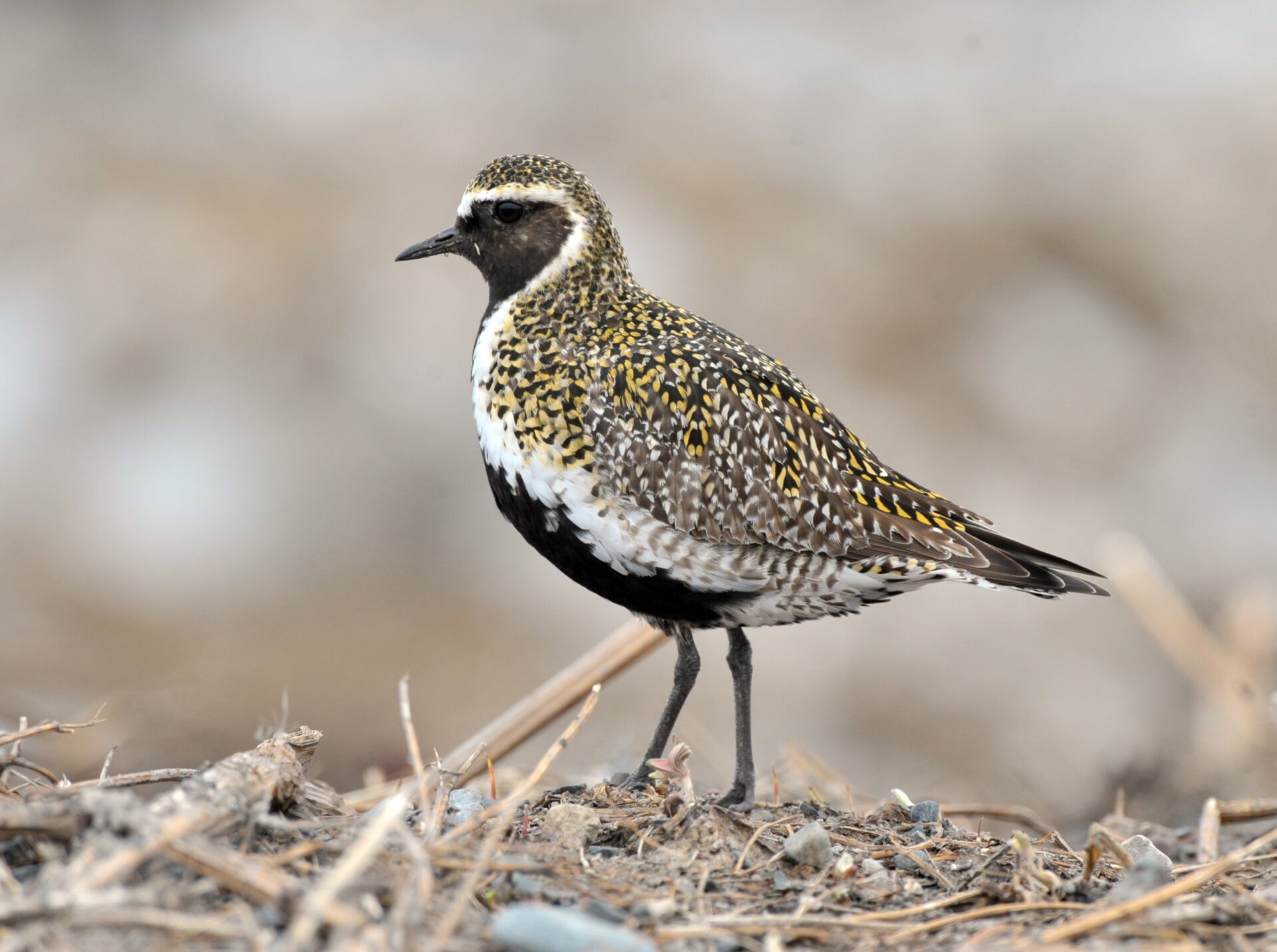
BirdWatch Ireland welcomes the scrapping of the winter stubble rule
BirdWatch Ireland is pleased that the rule for shallow cultivation of winter stubbles has been scrapped in the latest iteration of the Nitrates Action Programme. It is regrettable, however, that this decision was not made sooner, and particularly before farmers cultivated stubble grounds in 2025, leaving threatened bird species looking for other food supplies this winter. In the medium and long term, Ireland’s Common Agriculture Policy Strategic Plan and National Restoration Plan must incentivise farmers to provide sufficient quantity and quality of habitats to restore both wintering and breeding farmland bird populations.
The controversial winter stubble rule was introduced in 2022, despite vociferous opposition from BirdWatch Ireland on account of the risk of severe impacts to farmland birds over the winter months, when food supplies for many Red- and Amber-Listed Birds of Conservation Concern in Ireland are in short supply.
The stubble fields left after crops have been harvested often harbour spilled seeds, which seed-eating birds, such as the Yellowhammer and the Skylark, and rodents will consume during the cold winter. These small birds and mammals are prey species for other birds, including the Hen Harrier, a highly protected and increasingly rare bird of prey that is experiencing ongoing declines. In our submission to government at that time, we highlighted that 30 Red- or Amber-Listed Birds of Conservation in Ireland relied on winter stubbles for food.


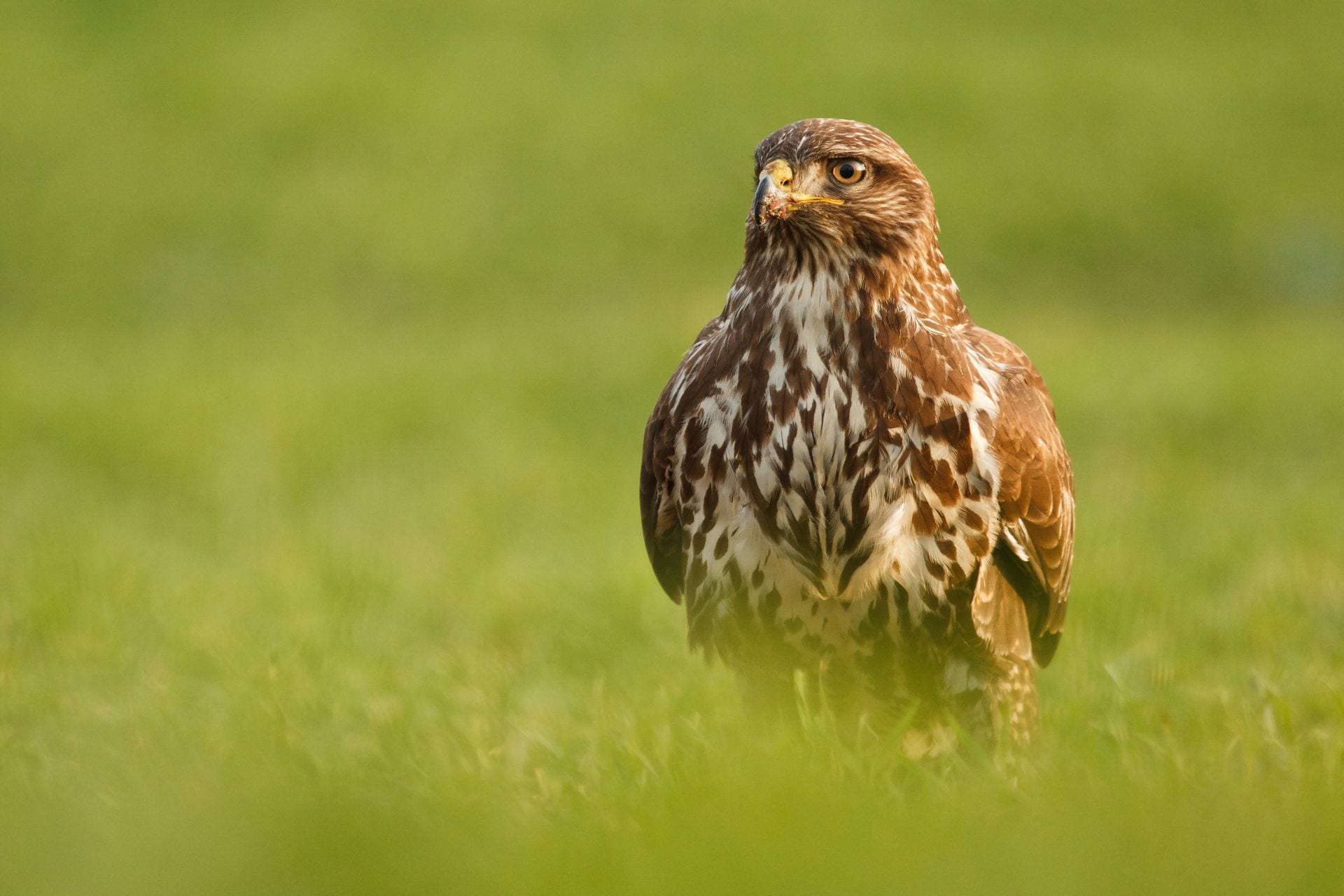
BirdWatch Ireland calls for stronger wildlife legislation and enforcement in public consultation
In recent weeks, BirdWatch Ireland welcomed the opportunity to help shape the future of wildlife legislation by making a submission to the public consultation on the review and update of Ireland’s wildlife laws.
This consultation was the first in a multi-stage process aimed at strengthening legislation to better protect biodiversity. Our submission contains many recommendations for legislative changes that support biodiversity, align with EU law and are practical and easily understood by all.
We advocated for change under 12 main headings:
- Wildlife legislation must be compliant with the Nature Directives
- Points relating to the Wildlife Act (as amended)
- Penalties for breaches of Wildlife legislation
- Birds and Habitats Regulations 2011
- Hedgerows
- The need for legislation to support a Wildlife Crime Unit
- Poison
- Open Seasons Order
- The taking of Peregrine chicks from the wild.
- Invasive and non-native species
- Technologies
- Predator control
